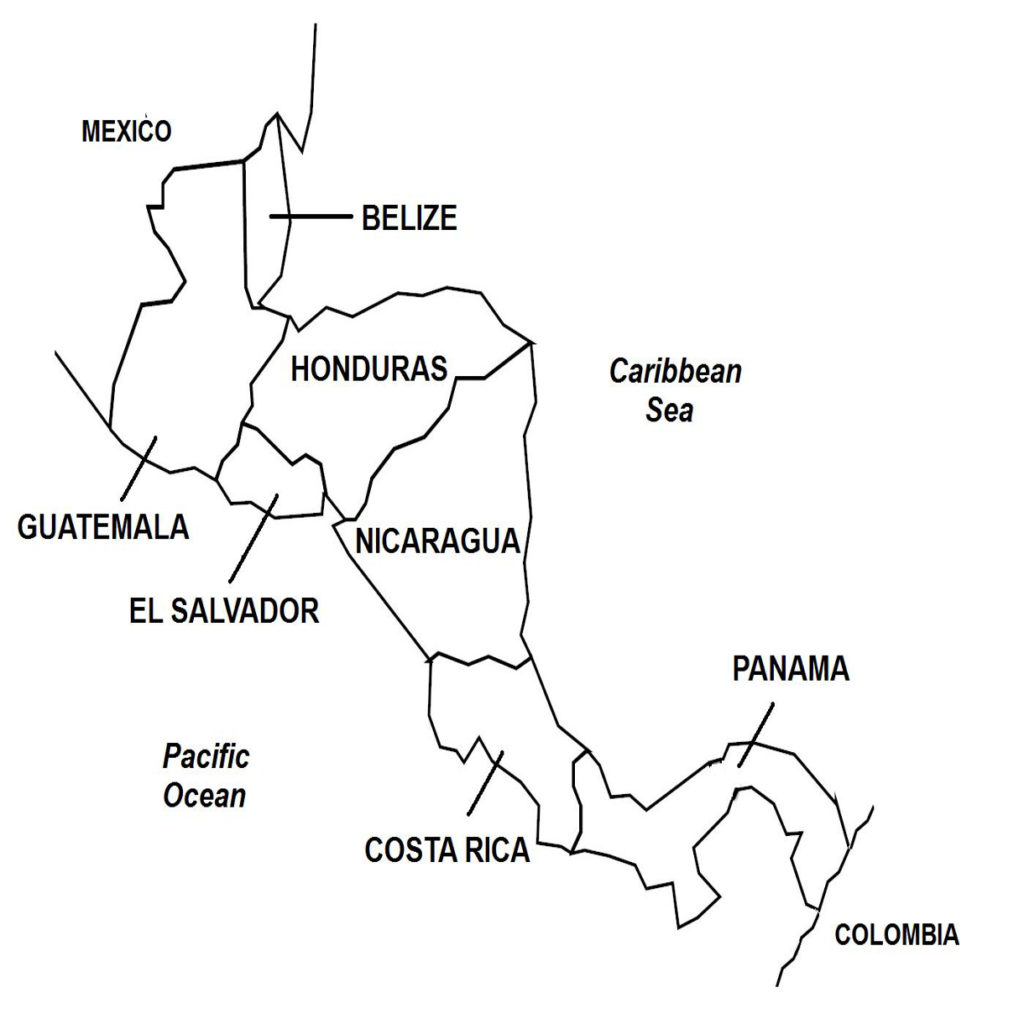(Taken from United States Occupation of Nicaragua, 1912-1933 – Wars of the 20th Century – Volume 1)
In August 1910, Nicaragua’s ruling government collapsed, replaced by a U.S.-friendly administration consisting of Conservatives and Liberals. The United States bought out Nicaragua’s large foreign debt that had accumulated during the long period of instability. Consequently, Nicaragua owed the United States the amount of that debt, while the Americans’ stake was raised in that troubled country.

Then in 1912, Nicaragua’s ruling coalition broke down, sparking a civil war between the government and another alliance of Liberals and Conservatives. As the rebels gained ground and began to threaten Managua, Nicaragua’s capital, the United States landed troops in Corinto, Bluefields, and San Juan del Sur. At its peak, the U.S. troop deployment in Nicaragua totaled over 2,300 soldiers. Within a month of the deployment, in October 1912, the American troops, supported by Nicaraguan government forces, had defeated the rebels.
The United States tightened its control of Nicaragua in August 1914 when both countries signed an agreement whereby the Americans gained exclusive rights to construct the Nicaragua Canal, as well as to establish military bases to protect it. The U.S.-Nicaragua treaty mostly served as a deterrent against other foreign involvement in Nicaragua, since by this time, the Americans already were operating the Panama Canal nearby.
The U.S. Army’s presence in Nicaragua from 1912 to 1925 brought peace in that Central American country. At the Nicaraguan government’s request, the U.S. Army helped to organize Nicaragua’s armed forces and police forces (collectively called the National Guard) to eliminate the many private militias and other armed groups that local politicians were using to advance their personal interests. After the National Guard was formed, the United States withdrew its forces from Nicaragua. Nine months later, however, in-fighting among Conservatives led to the overthrow of the incumbent president, again prompting the United States to redeploy its military forces in Nicaragua to stop the disturbance from spreading.
Peace and order was restored once more, and a new Conservative government came to power. The Conservatives’ authority was challenged by the Liberals, however, who formed their own government. Fighting soon broke out between the rival political parties, which rapidly escalated into a civil war. Once more, the United States intervened and restored peace after threatening to use military force against the Liberals. In the peace treaty that followed, the Conservatives and Liberals agreed to two stipulations: that the Conservative government would complete its term of office before new elections were held; and that all remaining private militias and armed groups would be disbanded and subsequently incorporated into the government forces to form an expanded, non-partisan National Guard.
All armed groups complied with the peace agreement, except for an obscure pro-Liberal militia led by Augusto Sandino, who continued to oppose the authority of the Conservative government. Sandino also condemned the National Guard, which he believed was being used by the United States to meddle into Nicaragua’s internal affairs. From 1927 to 1932, Sandino carried out a guerilla war against the Nicaraguan and American forces, successfully evading capture and gaining the support of the rural people through his calls for both the end of foreign control of the country and the local elite’s social and economic domination of Nicaraguan society.
